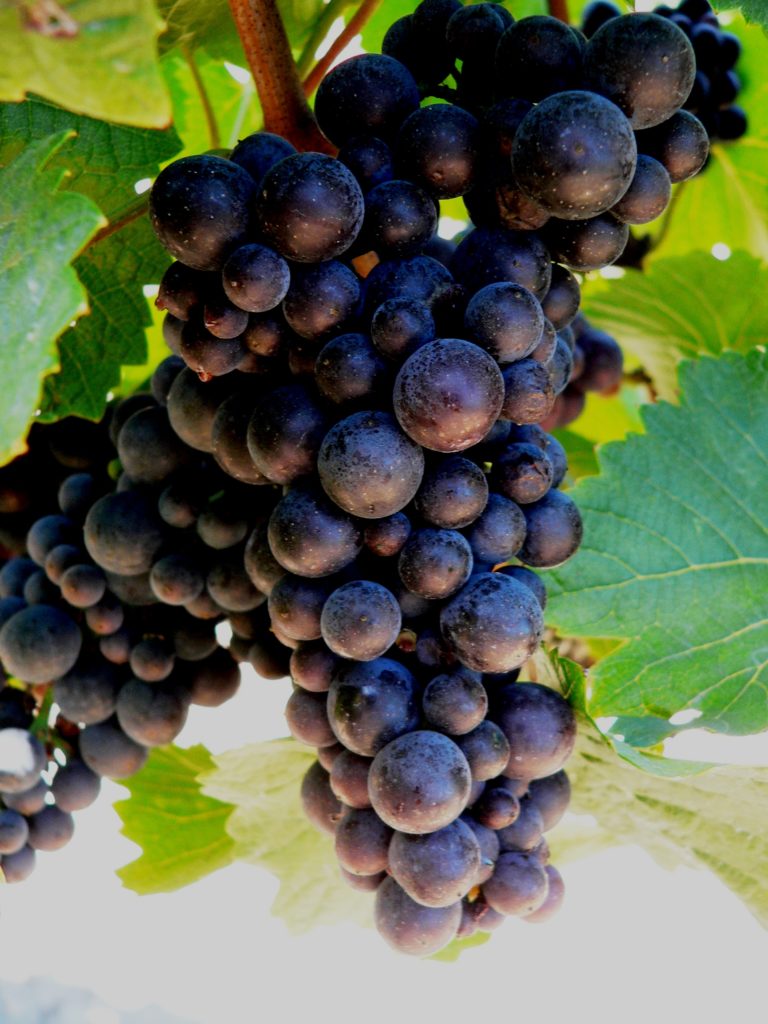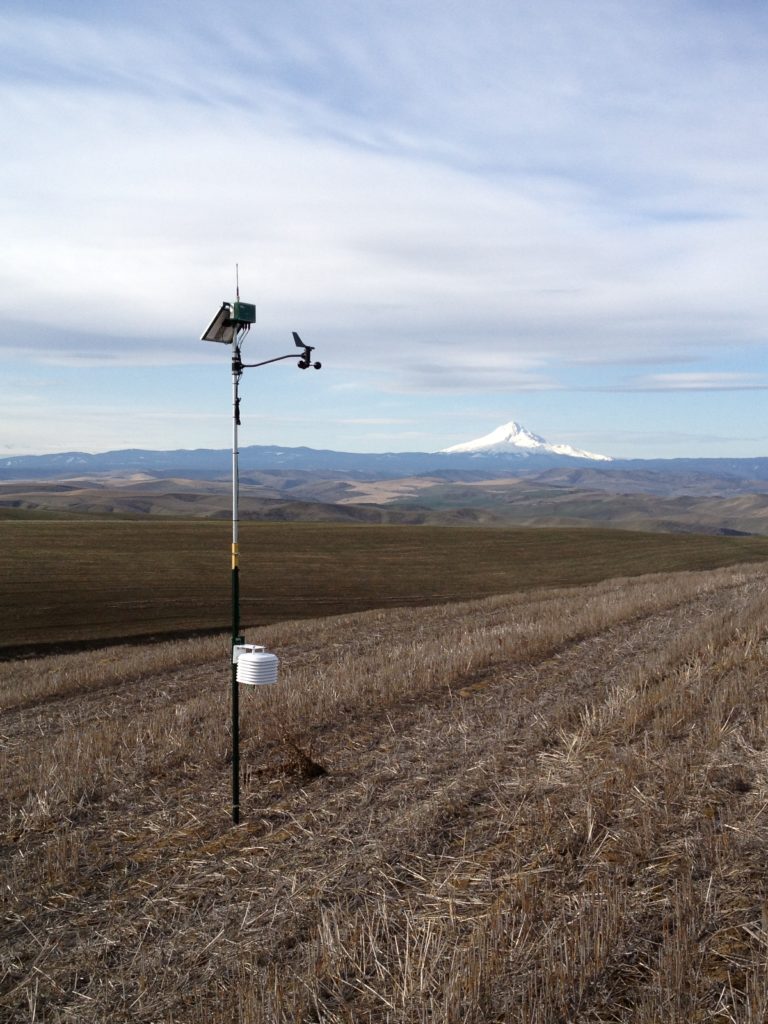The time to irrigate is...now?
As if frost season didn't suck enough
Happy budbreak! Actually “budburst”, as I’m told that is the more accurate term. Or perhaps you’re in the Southern hemisphere and are celebrating the end of harvest…good for you, mates. Archive the crap out of this post. For the rest of us though, a toasty winter has brought an early start to the season. Grape growers everywhere are wringing their hands over frost, but they may be overlooking an equally important vineyard activity that could make or break the season: irrigation.
We write A LOT about irrigation. It’s kind of our thing. For good reason though. Controlling water stress is a great way to improve the quality of your grapes. Too much stress too early however, can severely limit canopy development and/or yield. We wrote about the possible need to do a winter irrigation here, but that was a few months ago and frankly we were hoping for more rain. Most places in California didn’t get it.
So let’s take a look at this season so far…

We’re a little data-obsessed here at AV, so it’s pretty easy for us to compare yearly data. Take a look at the graph below. 2019 was a rather wet year in Sonoma County. You can see that come springtime, the soil profile was filled to around 80% relative water content, which we consider field capacity.
2020 was a droughty year, and many growers we consult for saw irregular budbreak and uneven shoot growth. These irregularities can follow a vine’s crop all the way up to harvest. As you can see, the soil moisture profile was only around 73% relative water content.
This year, things are even drier. So we were right. You’re welcome.
Why is this important?
You do not want your grapes going into the season water stressed. As mentioned above, uneven budbreak begets uneven set and even uneven maturation. Right after fruit set is when you want to start ratcheting up the stress, hitting a maximum during lag phase and through the end of veraison. This will ensure optimal synthesis of tannins and anthocyanins. We explain the ins and outs of plant stress here.

Overirrigating is just as bad. Some consultants recommend a 24 to 48 hour irrigation to kick off the season. Unless you need to seriously leach salts out of your soil, that’s just a waste of water, which might end up pretty scarce by the end of a droughty season. The vine is only taking up a small portion of that and depending on what your soil is like, it might not dry down enough to reach desirable stress levels later on in the season.
So should I irrigate?
We unfortunately can’t give you an easy answer. Get yourself an ET station if you want an arbitrary number spit out at you. We look at a variety of different sites and so we have a general sense of the season as a whole, but if you want to know your vineyard’s soil moisture status, you need to measure it. We like to use capacitance probes connected to a telemetry device like the one shown below.
A soil probe will tell you what your soil moisture is at various depths, you can see where water is being taken up and how much is left. You can see differences between sites and act accordingly. Many of our clients drastically cut water usage after installing a few of these puppies, and they’re not even that pricey…especially since you just used your ppp money to buy that new tractor…right?

Conclusion
You might want to err on the side of caution and irrigate, especially if you know your vines tend to suffer early on. We suggest you take the precise route and get yourself a probe. Investing in quality is always wise. Guessing on your crop’s water needs? That might come back to bite you in the ass.



have been attending Mark Greenspan’s seminars for 20+ years. A wealth of information. Thank you.
Do you have a probe provider you recommend?
Is that rape as a companion crop?
That’s mustard. Some say it helps deter nematodes, but if that is the case, I wonder what it’s doing to other helpful microbiota. I think most people just use it because it looks nice!